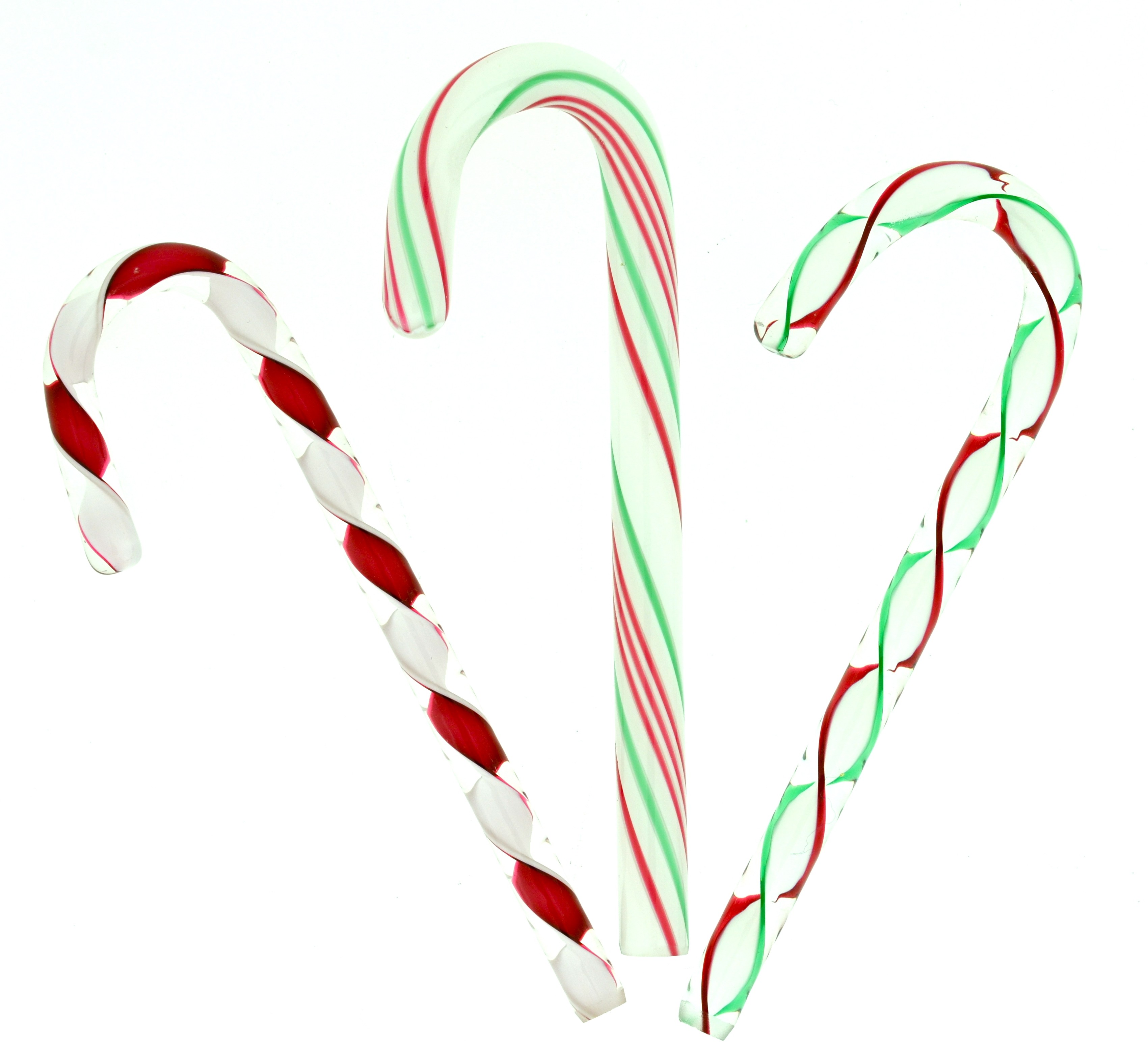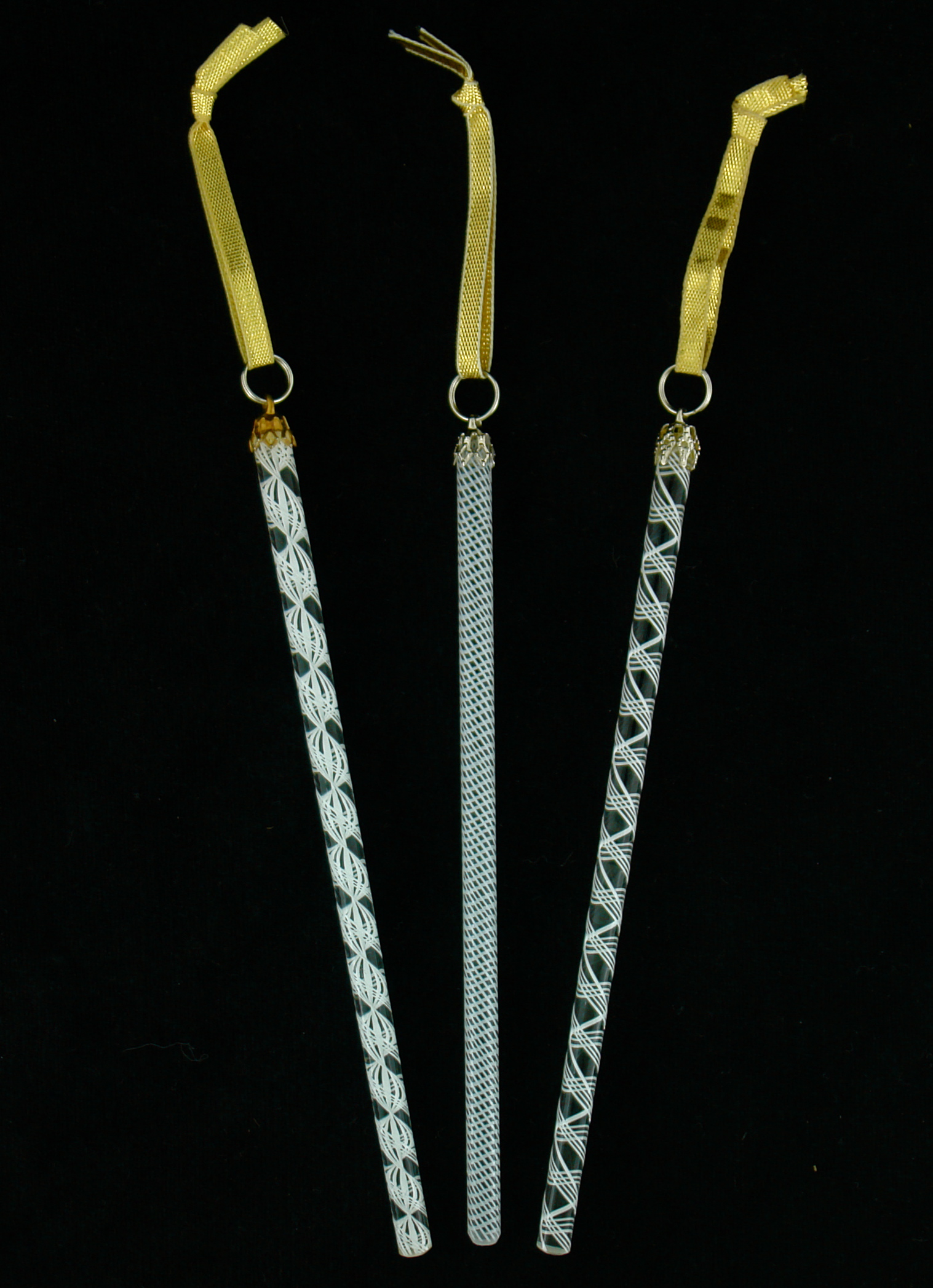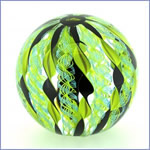or·na·ment (n). Something that decorates or adorns; an embellishment, an object that adds beauty to something.
Filigree glass was invented in Murano by glass masters Filippo and Bernardo Serena in 1527, an elaborate process that was indeed difficult to perform. It would be 10 years before other glassmakers on the Island of Murano would reproduce , copy or imitate this technique and hundreds of years before this secret would be revealed to the rest of the world. Filigree Glass, unlike conventional blown glass, was suitable for only the uppermost tables of society as it was not common. This elaborate form of Filigrana Glass is responsible for the fame of Murano style glass today. Currently, with new design innovations and increasing levels of workmanship, the patterns able to be embedded in filigree glass appear to be limitless. Bringing much appreciation and joy to collectors of the beloved Filigree Glass technique.
Today after much experimentation, Virginia Wilson Toccalino brings you lovely Filigree and Ribbon Glass Icicles. Each filigree, lace-like cane is composed of groups of glass rods that involve a process of fusing, layering pulling and twisting the glass. This process is done personally by Virginia and her husband Tony Toccalino at the furnace while working in their glass studio. The ribbon glass icicles are selected pieces of flattened colored glass embedded in the crystal, pulled and twisted to create swirling glass ribbons within. Colors and dimensions may vary slightly. Thank you for supporting Handmade in Canada Art glass!







